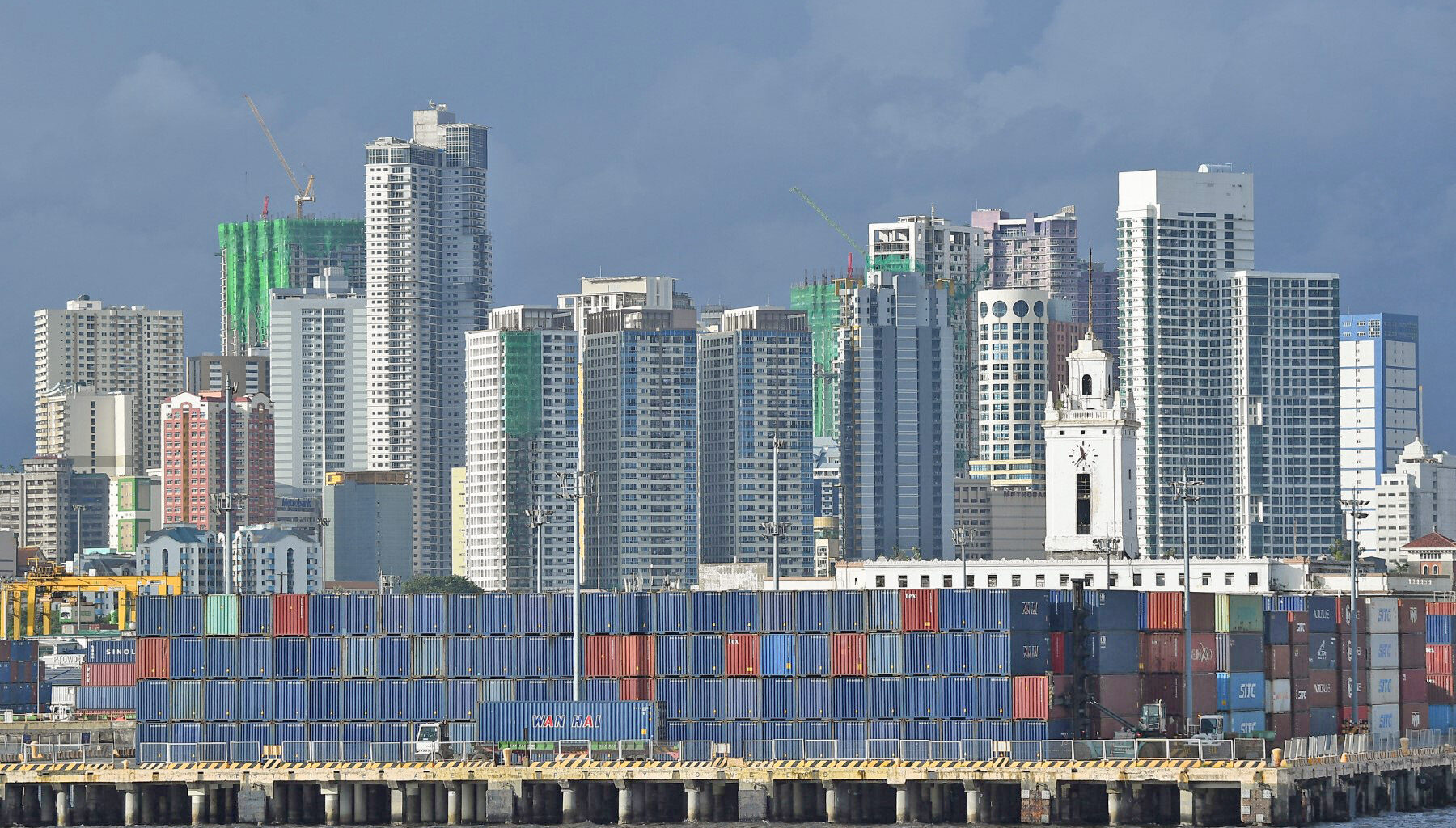The International Monetary Fund (IMF) and the ASEAN+3 Macroeconomic Research Office (AMRO) remain optimistic that the Philippines will continue to grow at a strong pace in 2025 and 2026.
A team from the IMF, led by mission chief Elif Saxegaard, visited the Department of Economy, Planning and Development (DEPDev) to discuss the Philippines’ latest macroeconomic performance. The IMF projects the Philippines will see 5.5 percent growth in 2025 and 5.7 percent in 2026.
– Advertisement –
DEPDev Secretary Arsenio Balisacan said the country needs to continue strengthening policies and investments, particularly in technology, governance, and workforce skills, to support inclusive and long-term growth.
Meanwhile, AMRO said the Philippine economy continues to expand at a steady pace on strong household spending and a stable labor market, although it remains below its pre-pandemic trend. The assessment followed AMRO’s annual consultation visit from Sept. 2 to 19, 2025, led by principal economist Jinho Choi.
“Despite external headwinds, the Philippine economy is expected to grow by 5.6 percent in 2025 and 5.5 percent in 2026,” Choi said. “Private consumption will drive growth, while investment and exports may face pressure from U.S. tariff policies. If sustained, these measures could weigh more heavily in 2026.”
Choi said global trade tensions have had a limited impact so far, cushioned by the country’s domestic orientation and diversified export markets.
AMRO’s near-term outlook remains stable, supported by solid domestic demand and healthy financial indicators, including strong bank profitability and low non-performing loan ratios. However, it said sustaining momentum would require more effective public and private investment, greater resilience to climate shocks, and upskilling the workforce for the age of artificial intelligence.
Inflation is projected to stay within the Bangko Sentral ng Pilipinas’s (BSP) target range, at 1.8 percent in 2025 to 3.2 percent in 2026. Softer food and commodity prices, along with measures such as rice tariff cuts, are helping to contain price pressures.
AMRO said the current account deficit is expected to persist, but financial inflows remain strong. The central bank has shifted to an easing monetary policy, and the banking sector remains solid.
While fiscal consolidation is progressing, it is doing so more slowly than planned to keep growth-supportive measures in place. AMRO warned that external uncertainties, such as tighter US protectionist policies and weaker demand from key trading partners, cloud the outlook. Structural constraints, including infrastructure gaps and weak manufacturing, also weigh on long-term growth.
AMRO recommended balancing fiscal consolidation with priority investments in infrastructure and human capital, while the BSP should move cautiously with further rate cuts.
The group also said the Philippines should sharpen its growth strategy, improve public spending efficiency, prepare for climate and disaster risks, and accelerate workforce upskilling to adapt to artificial intelligence.
– Advertisement –
